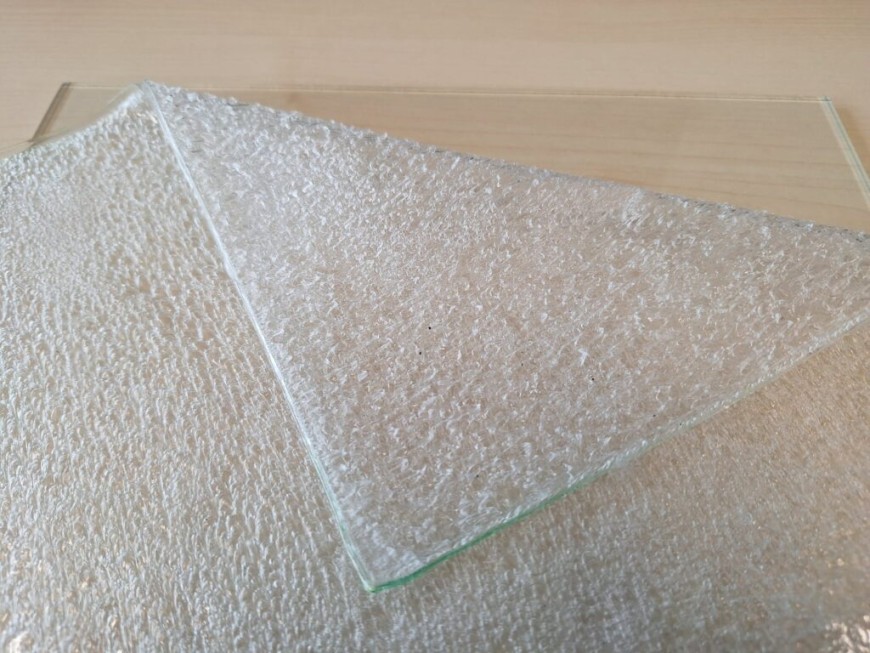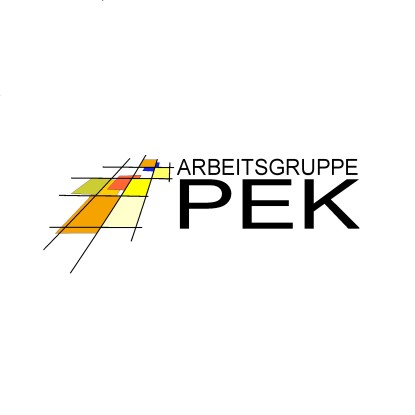Press review: Successful separation: Recycling of laminated safety glass
A report on www.handwerkundbau.at
2025/09/23 by Marc Everling
The topic of safety glass seems relevant: Many glass manufacturers are strengthening their laminated safety glass production, developing thinner laminates to save raw materials, energy and weight or advancing to the highest safety classes. Sustainability is now also a competitive advantage in economic terms. Marc Everling has researched what is being done in the field of safety glass and its recycling.

For the German Flat Glass Association (BF), B+L Marktdaten GmbH has been regularly analyzing the markets for windows and facades in all global markets relevant to German companies for 20 years. This also includes monitoring production volumes and sales of the different “types”: Float glass, coated glass, toughened safety glass, laminated safety glass and insulating glass. Not surprisingly, the persistently low level of construction activity is also having a negative impact on sales in the glass industry.
The weakening construction sector does not appear to be a singular problem, but rather the result of an economic, political and social crisis: interest rate increases and higher borrowing costs, high construction costs due to rising prices for energy, building materials, transportation and tradesmen's services – first due to supply bottlenecks caused by the pandemic, then due to inflation. At the same time, there is a shortage of skilled workers, meaning that construction times are being extended, costs are rising and planning reliability is suffering.
In addition, there is increased uncertainty due to political and geopolitical developments that are difficult to predict, insufficient state subsidies and the much-described basic problem of strict building regulations and correspondingly long approval processes. And finally, there is demographic and social change, with declining construction activity in shrinking regions and increasing requirements in growing conurbations.
Laminated safety glass at a high level
The German Flat Glass Association provides an insight into the latest B+L figures on the market data for windows and façades: “While all types of glass have been affected by declining sales since 2022, laminated safety glass has stagnated at a relatively high level, with a slight year-on-year increase in sales even forecast for 2025. This is partly due to a growing interest in safety glass applications and the very active work on DIN 18008 in recent years. Fortunately, laminated safety glass products are the preferred choice on the market, especially compared to basic glass,” explains Steffen Schäfer, Technical Director at BF.
One of the major challenges facing the flat glass industry – but also one of its opportunities – is the increasing demand for greater efficiency and sustainability in safety glass: “The glass industry is already making a lot of progress in this area – manufacturers are increasingly using renewable energy, saving resources, developing products with a lower carbon footprint and finding effective ways to close their cycles. They know that if they invest here, they will create a good competitive position for themselves in global competition in the future.”
In progress: recycling laminated safety glass
Sustainability is now also a competitive advantage in economic terms – but laminated safety glass has been in a difficult position up to now, as it is difficult to recycle due to the film bond. Solutions are on the horizon here, as Miriam Schuster, head of the Glass and Polymers research group at the Institute of Structural Analysis and Design at the Technical University of Darmstadt (D) reports: “We are researching new ways to separate and recycle laminated safety glass by type, as it is now an integral part of modern architecture, both in interiors and façades. While the glass is theoretically fully recyclable and PVB as a thermoplastic material can also be recycled in principle, the reality is sobering: The majority of old laminated safety glass elements are crushed and the glass fragments are transferred to other industries, for example for the production of glass wool or hollow glass. The majority of PVB residues are landfilled or incinerated. The separation of glass and interlayer has so far been the biggest obstacle to a genuine recycling or re-use cycle.”
Their separation method is based on a four-stage process:
Heating: The glass samples are heated to approx. 170-220 °C until the so-called “daisy effect” (formation of bubbles in the film) has fully formed.
Mechanical separation: The composites are sheared and pulled apart in a manually guided device. Crucial: The interlayer is separated cohesively without damaging the glass.
Water treatment: Heat treatment in water leads to improved separation.
Peeling: Finally, the remaining intermediate layer is removed mechanically.
Read the full article published on http://handwerkundbau.at here.

